Everyday people who accidentally changed the world
Every so often, a stroke of luck or a happy accident leads to some of the most beloved and essential inventions we know today. These stories are like hidden gems, reminding us that not every breakthrough is born from meticulous planning.
Often, it’s the unexpected twists and turns that pave the way for innovation. Let’s dive into the fascinating world of accidental discoveries and learn about the unsung heroes behind them.
The Inventor of the Chocolate Chip Cookie

The chocolate chip cookie, a staple in kitchens worldwide, was born from a happy accident. Ruth Wakefield, owner of the Toll House Inn, intended to bake chocolate cookies but ran out of baker’s chocolate.
She decided to use chopped-up semi-sweet chocolate instead, expecting it to melt into the dough. To her surprise, the chunks held their shape, and the chocolate chip cookie came to life. Her recipe was published in a Boston newspaper, and the rest is history.
The Woman Behind the Dishwasher Revolution
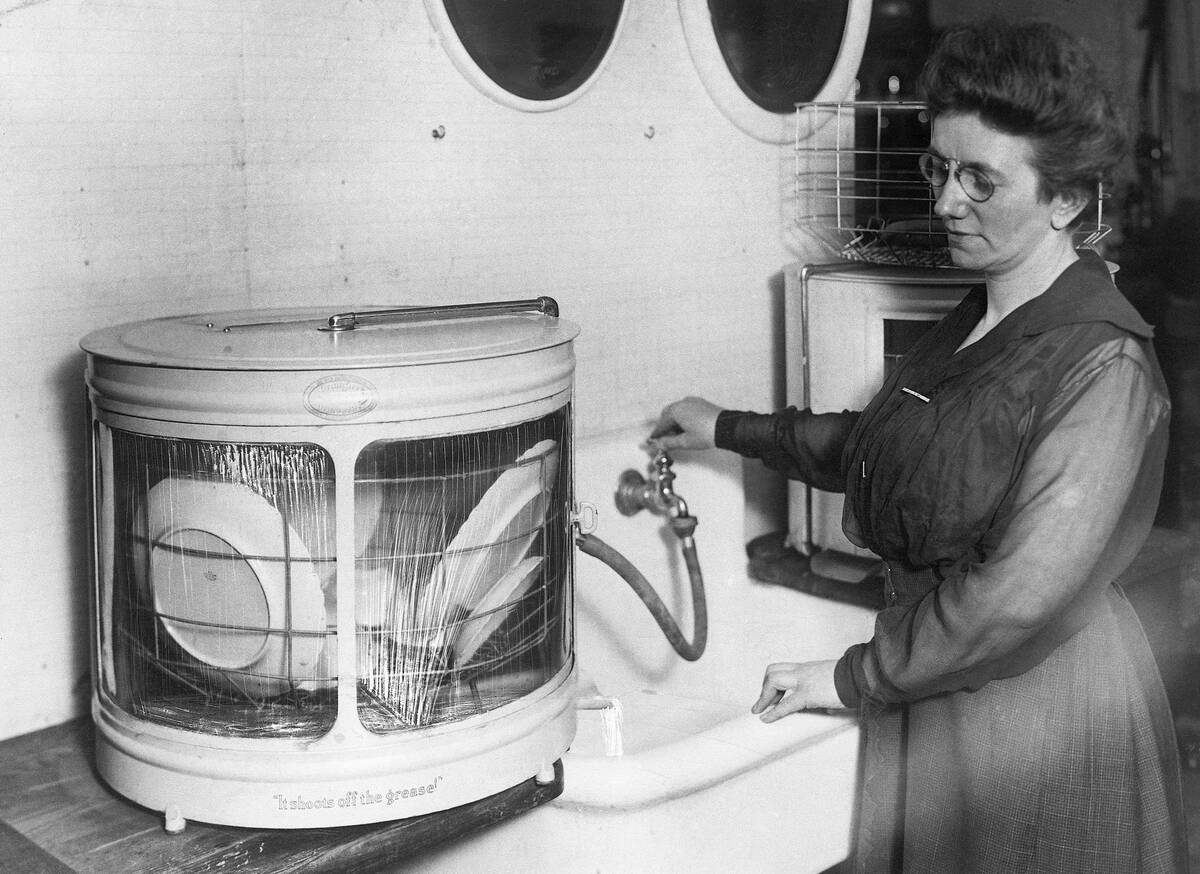
In the late 19th century, Josephine Cochrane was frustrated with her servants chipping her fine china while hand-washing. Determined to find a solution, she designed a machine that used water pressure to clean dishes.
Her invention, the first practical dishwasher, was patented in 1886. Initially marketed to hotels and restaurants, her creation paved the way for the modern kitchen appliance we can’t imagine living without today.
The Accidental Discovery of Penicillin
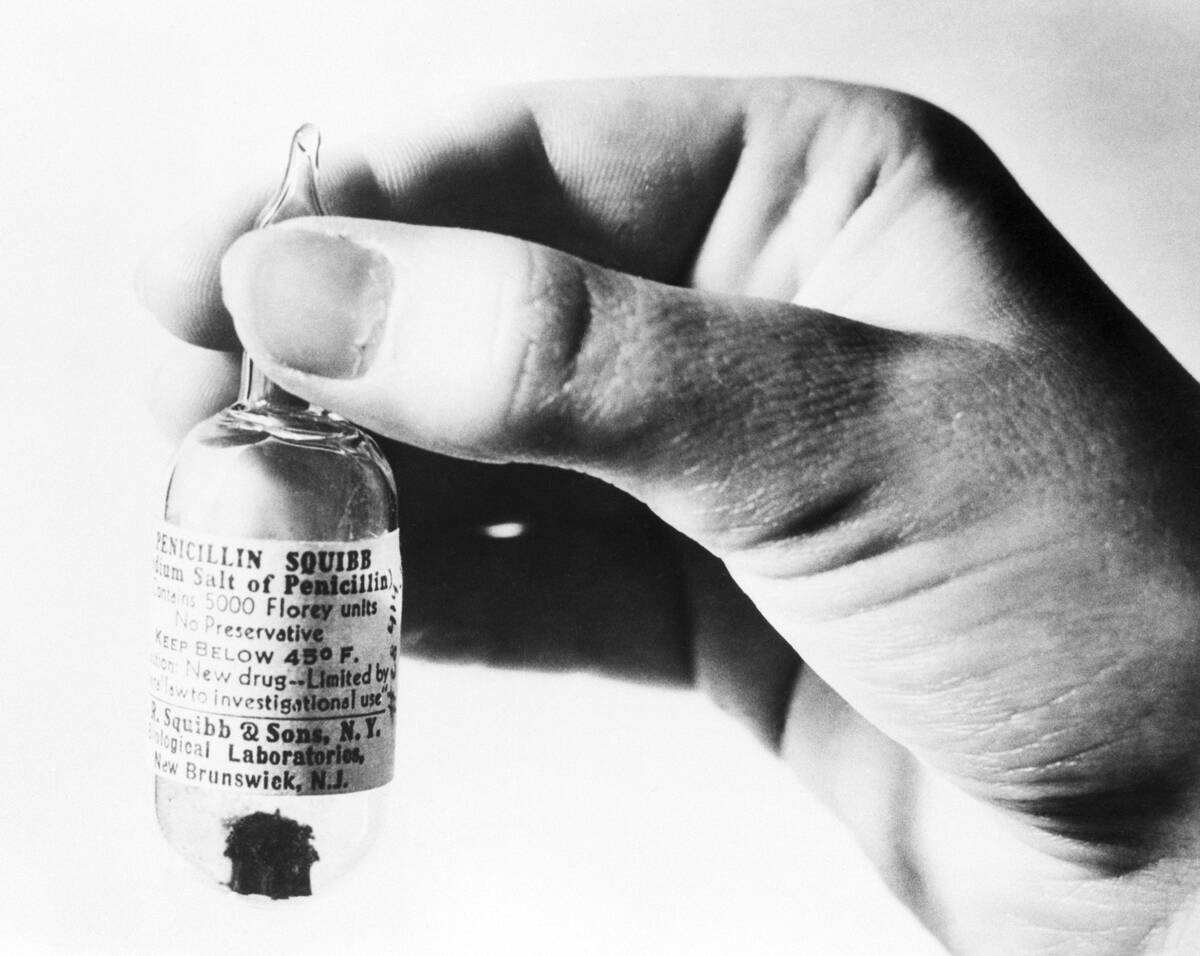
Penicillin, the world’s first antibiotic, was discovered by accident in 1928 by Alexander Fleming. Returning to his lab after a vacation, he noticed that a mold, Penicillium notatum, had contaminated his Petri dishes and killed the surrounding bacteria.
This serendipitous moment led to the development of penicillin, revolutionizing medicine and saving millions of lives. Fleming’s accidental find is a testament to the power of observation and a bit of luck in scientific research.
A Chance Encounter That Led to Velcro
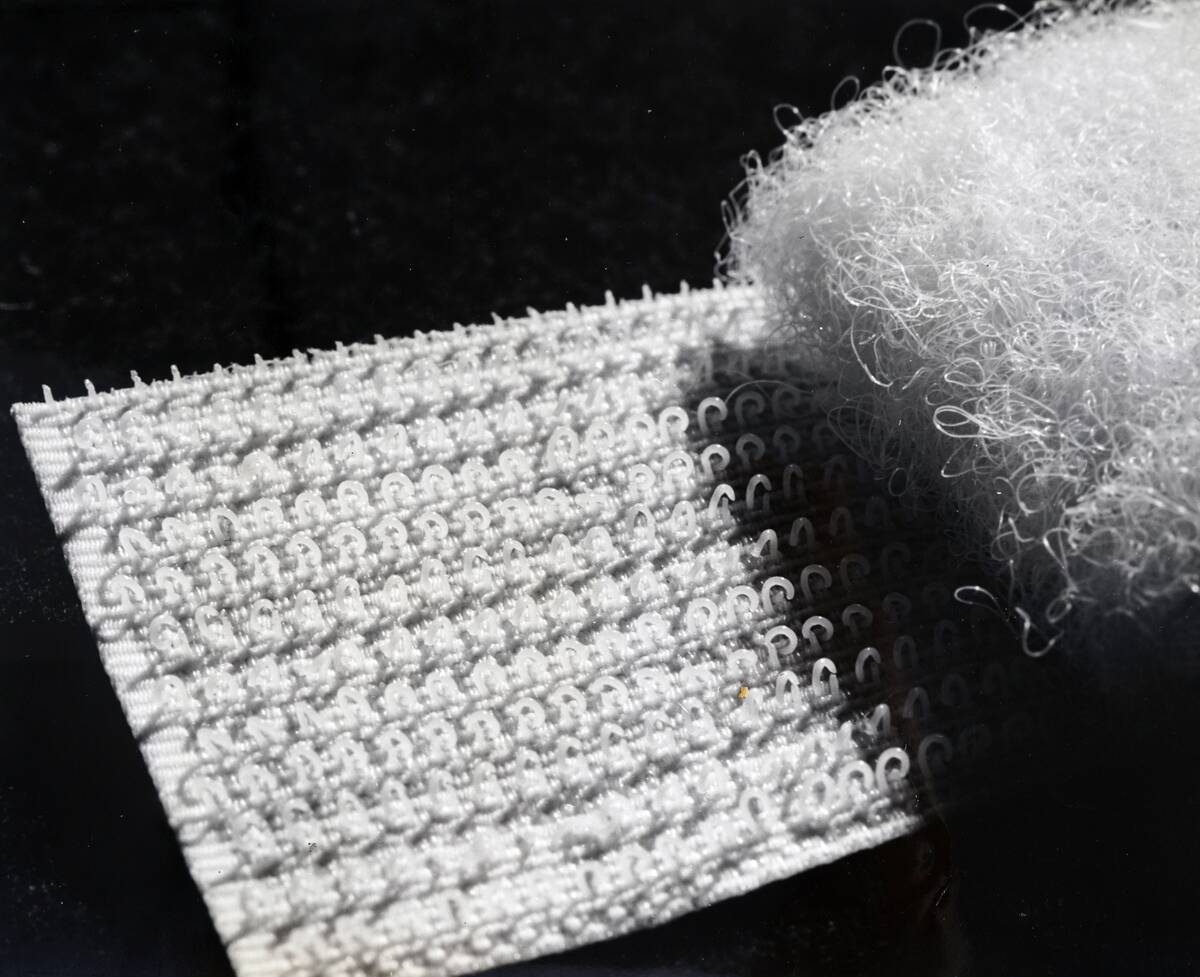
In 1941, Swiss engineer George de Mestral went for a hike with his dog and noticed that burrs clung stubbornly to his clothing and his dog’s fur. Curious, he examined them under a microscope and discovered their hook-like structures.
This observation inspired him to invent Velcro, a hook-and-loop fastener that became an essential part of clothing, accessories, and even space suits. It’s amazing how a simple walk in nature can lead to a groundbreaking invention.
The Curious Case of the Slinky Toy

The beloved Slinky toy, known for its mesmerizing motion down staircases, was invented by accident in 1943. Naval engineer Richard James was working on springs to stabilize ship instruments when he accidentally knocked one off a shelf.
The spring walked gracefully across the floor, sparking the idea for a toy. Together with his wife Betty, Richard marketed the Slinky, and it became an iconic plaything, delighting children and adults alike for generations.
How a Schoolteacher Invented the Super Soaker

The Super Soaker, a favorite summer toy, was invented by NASA engineer and former schoolteacher Lonnie Johnson. While working on a heat pump in 1982, he accidentally shot a stream of water across his bathroom.
Recognizing the potential for a powerful water gun, he refined his design and, after several prototypes, the Super Soaker was born. Launched in 1990, it quickly became a best-seller, bringing joy and water-filled fun to countless kids all over the world.
The Origination of Post-it Notes from a Failed Experiment

Post-it Notes, those handy little reminders we use daily, originated from a failed experiment in 1968. Spencer Silver, a 3M scientist, was trying to create a super-strong adhesive but ended up with a low-tack one instead.
Years later, his colleague Art Fry found a use for it as a bookmark that wouldn’t slip off. Together, they developed Post-it Notes, which became an office staple, highlighting the value of persistence and creative thinking in innovation.
The Birth of Safety Glass from a Lab Mishap

Safety glass, used in car windshields and buildings, was discovered by accident in 1903 by French chemist Édouard Bénédictus. While working in his lab, he accidentally knocked over a flask coated with plastic cellulose nitrate.
To his surprise, the flask cracked but didn’t shatter. This observation led to the development of shatter-resistant glass, a crucial advancement in safety technology that has helped protect countless lives over the years.
The Unintentional Creation of the Pacemaker
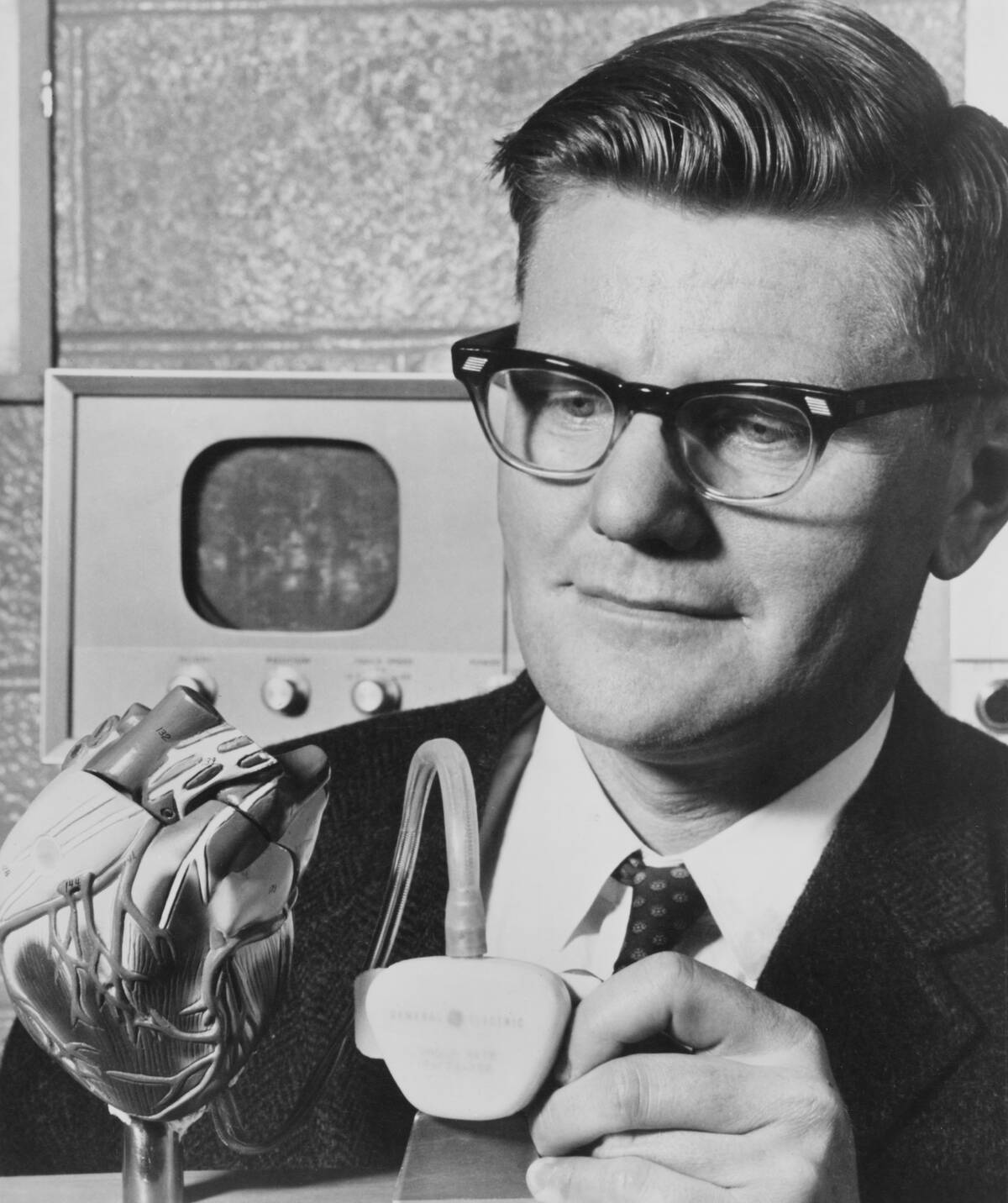
The modern pacemaker, a life-saving device for heart patients, was developed by accident in 1956. Engineer Wilson Greatbatch was working on a heart rhythm recorder when he mistakenly inserted the wrong resistor into a circuit.
This error produced a steady electrical pulse, mimicking a heartbeat. Recognizing its potential, Greatbatch refined his device, leading to the creation of the first implantable pacemaker, a breakthrough in medical technology that has improved the lives of many.
The Serendipitous Journey of the Microwave Oven

The microwave oven, a kitchen staple, owes its existence to an accidental discovery in 1945. Percy Spencer, an engineer working on radar technology at Raytheon, noticed that a candy bar in his pocket melted when exposed to radar waves.
Intrigued, he experimented further, leading to the development of the first microwave oven. This invention revolutionized cooking, making meal preparation faster and more convenient for households worldwide.
How a Simple Mistake Led to the Creation of Coca-Cola
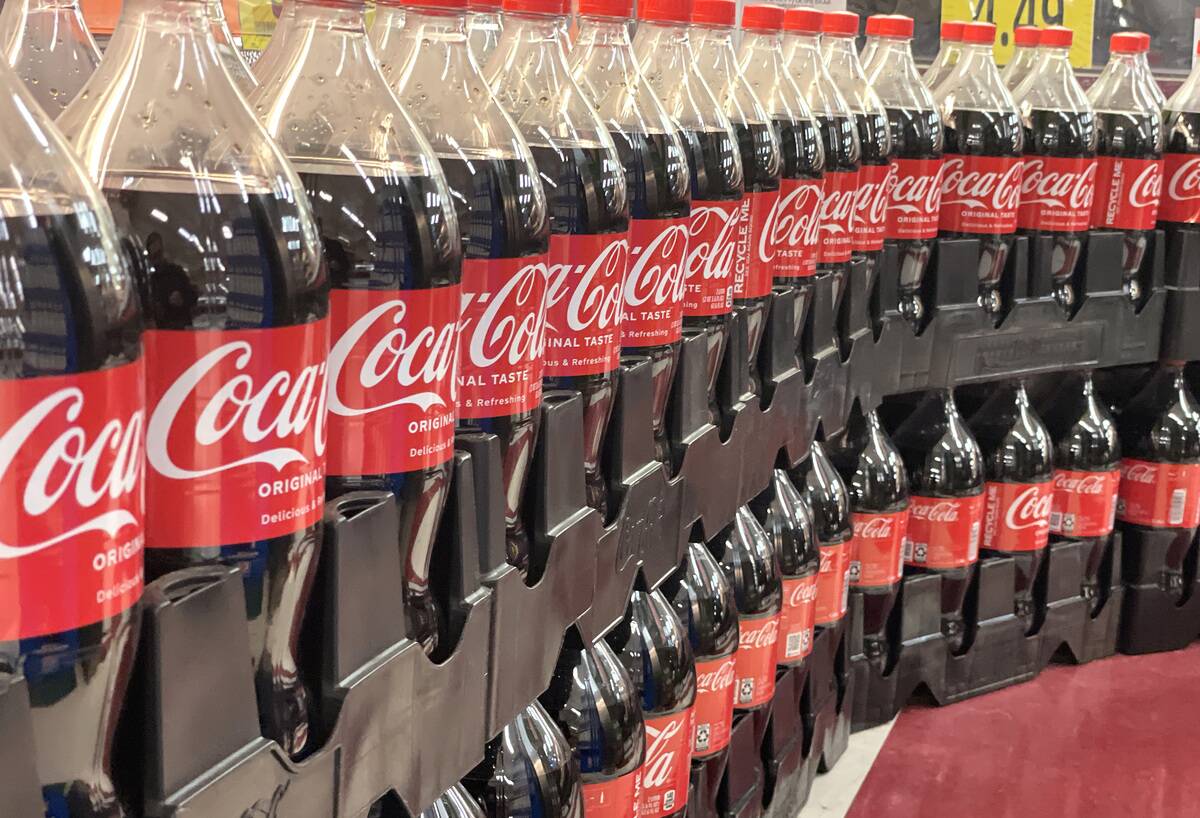
Coca-Cola, one of the world’s most popular soft drinks, was created by accident in 1886. Dr. John Stith Pemberton, a pharmacist, was attempting to create a medicinal tonic. When he accidentally mixed his syrup with carbonated water, the result was a refreshing beverage.
His creation quickly gained popularity, and today, Coca-Cola is a global brand enjoyed by millions. It’s fascinating how a simple mistake can lead to a cultural phenomenon.
The Unexpected Origins of the Popsicle
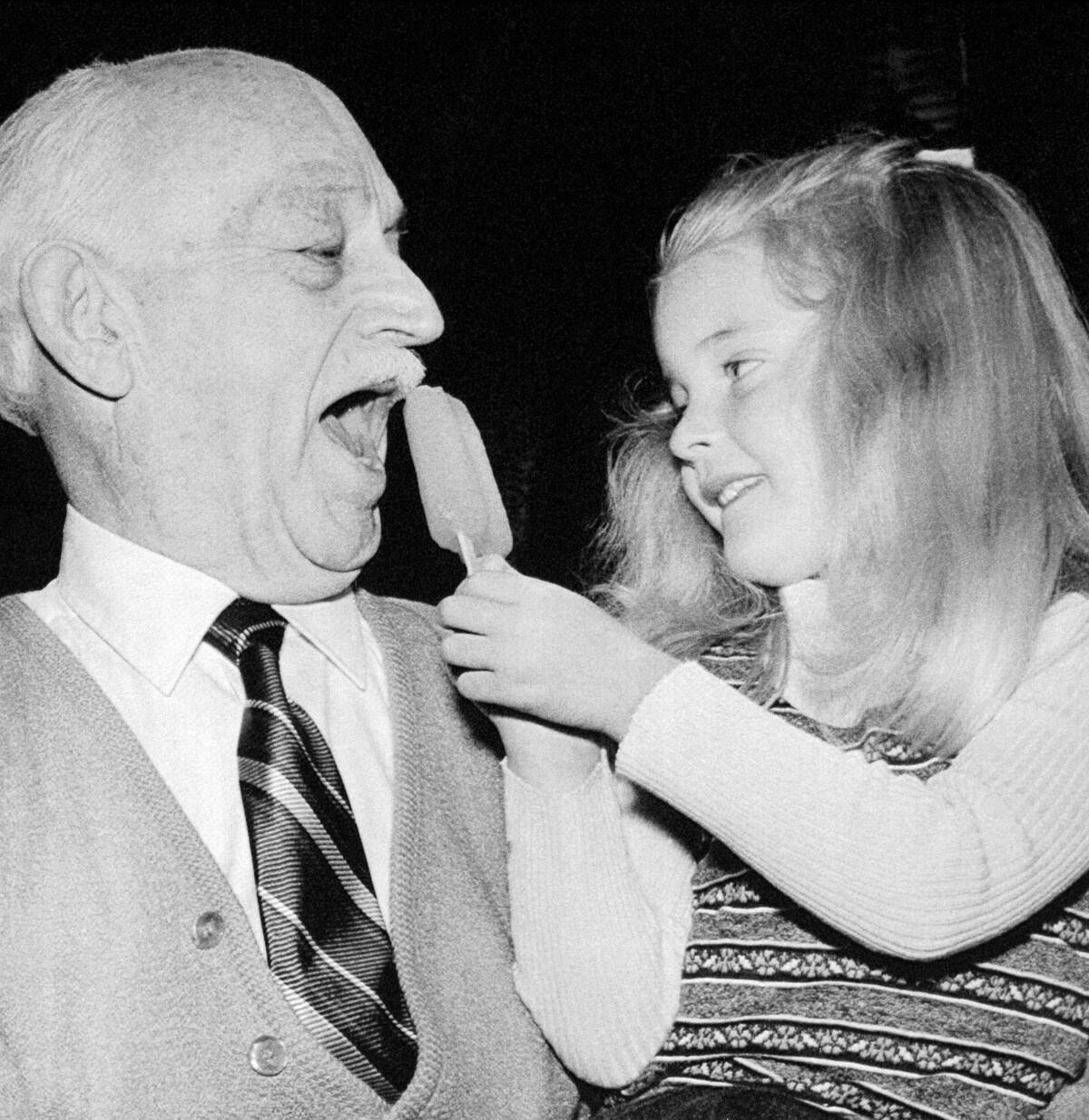
The Popsicle, a summertime favorite, was invented by an 11-year-old boy named Frank Epperson in 1905. He accidentally left a mixture of powdered soda, water, and a stirring stick outside on a cold night. The next morning, he found a frozen treat on a stick.
Years later, Epperson patented his invention, and the Popsicle was born. This childhood mishap turned into a beloved treat, proving that sometimes, kids’ mistakes can lead to sweet success.
The Story Behind the Accidental Creation of LSD
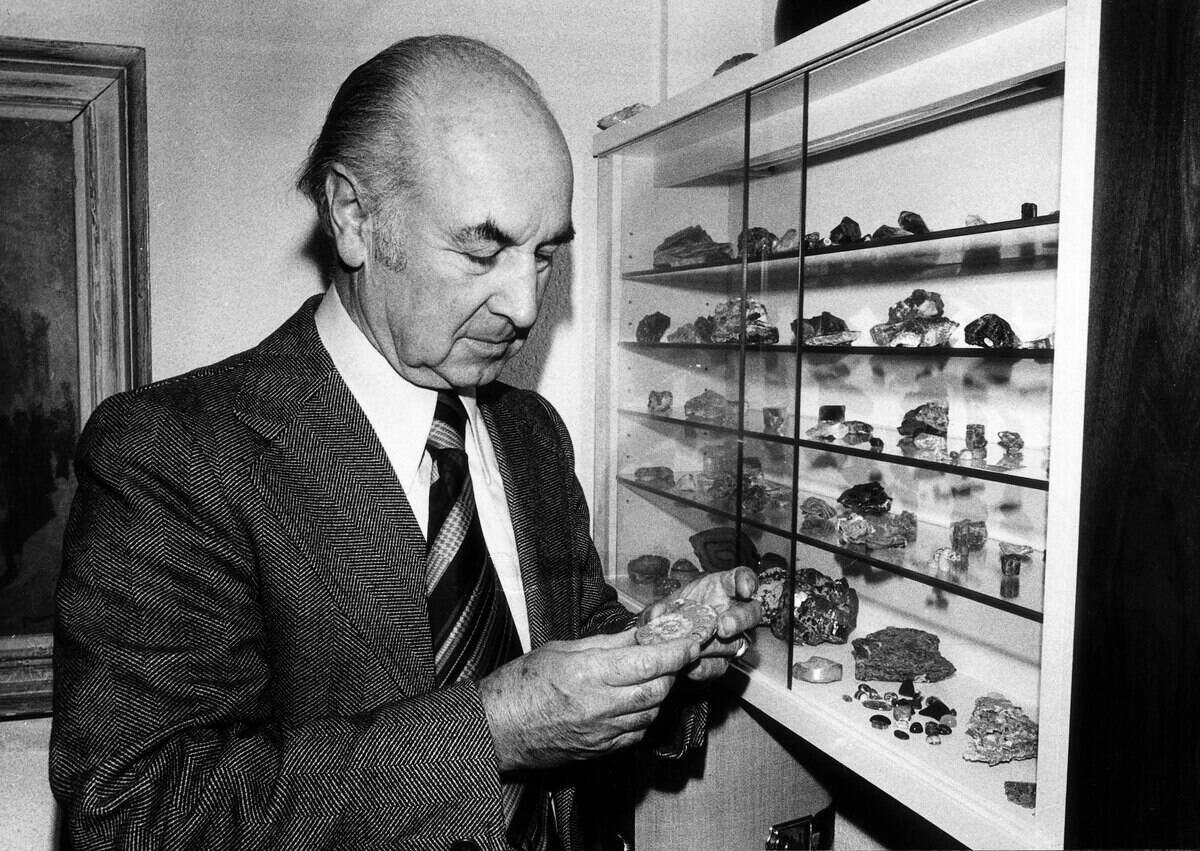
LSD, a powerful psychedelic drug, was accidentally discovered in 1938 by Swiss chemist Albert Hofmann. While researching compounds for medical use, he synthesized lysergic acid diethylamide. It wasn’t until 1943 that he accidentally ingested a small amount and experienced its hallucinogenic effects.
This unexpected discovery led to LSD’s use in psychiatric research and its influence on culture during the 1960s, showing how scientific exploration can sometimes lead to unforeseen cultural impacts.
The Fortuitous Invention of the Potato Chip

The potato chip, a popular snack around the world, was invented by accident in 1853 by George Crum, a chef in Saratoga Springs, New York. A customer complained that his fried potatoes were too thick, so Crum sliced them as thin as possible, fried them until crispy, and seasoned them with salt.
To his surprise, the customer loved them, and the potato chip quickly gained popularity. It’s a delicious reminder that customer feedback can lead to culinary innovation.
How Teflon Was Discovered by Accident

Teflon, known for its non-stick properties, was discovered accidentally in 1938 by chemist Roy Plunkett while working for DuPont. He was experimenting with gases related to refrigerants when one of his samples unexpectedly polymerized into a white, waxy solid.
This substance was resistant to heat and chemical reaction, leading to its use in non-stick cookware and various industrial applications. Teflon’s accidental discovery highlights the potential for groundbreaking materials to emerge unexpectedly in scientific research.
The Unplanned Path to the Discovery of X-Rays

X-rays, a pivotal tool in medical diagnostics, were discovered by accident in 1895 by German physicist Wilhelm Conrad Roentgen. While experimenting with cathode rays, he noticed that a fluorescent screen in his lab glowed even when shielded by thick cardboard.
Curious, he investigated further and realized he had discovered a new type of ray that could pass through solid objects. This accidental discovery revolutionized medicine and earned Roentgen the first Nobel Prize in Physics.



